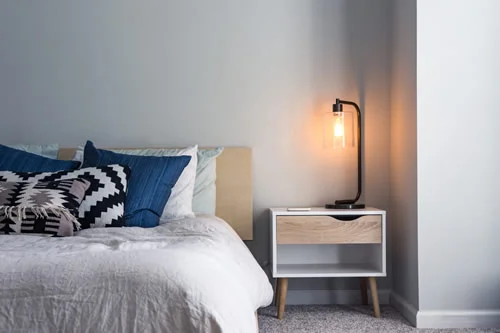
Cookie settings
We use our own and third-party cookies in order to offer our services, display videos, obtain statistics and offer personalized advertising.
For more information, please read our cookies policy.

The National Sculpture Museum is established since 1993 in the former Colegio de San Gregorio, built at the end of the XV Century, which is one of the best examples of the known Spanish- Flemish Gothic style in our country. Three buildings will be added to this building (Villena Palace, Casa del Sol and San Benito el Viejo church), which will supposed to multiply the area by three.
It houses a Spanish sculpture collection from the Middle Ages to the XIX Century. The primitive nucleus of the collections belongs to the disentailed convents of Valladolid and its surroundings. We can see the Spanish- Flemish Gothic style, the first Mannerism represented by Alonso Berruguete and Juan de Juni, and the Baroque style from the XVII with important samples of authors from the Castilian artistic centres (Gregorio Fernández) and the Andalusian artists (Martínez Montañés, Alonso Cano...).
The first Renaissance is shown through works by Felipe Vigarny and Diego de Siloe in contrast with works, in Mannerist style, by Alonso Berruguete and his followers. The Last Mannerism is represented in its two styles: “Romanism” (Esteban Jordán) and “Courtly style” (Pompeo Leoni), complete the century version.
The works exhibited on the second floor define the characteristics of the Baroque sculpture from the XVIII Century and its development in the different peninsular artistic centres. Finally the route is completed by the bulls and bullfighters´ collection, altarpieces, sepulchres and the marvellous Neapolitan Nativity scene.
Built: XV Century (1484- 1496)
Author: Anónimo
Style: Gothic, Renaissance
Category: Museum
Type: National Museum
Address and telephone
Opening times
Tickets and prices
If you see any mistakes or want to add anything to this information, please contact us.


Book your hotel